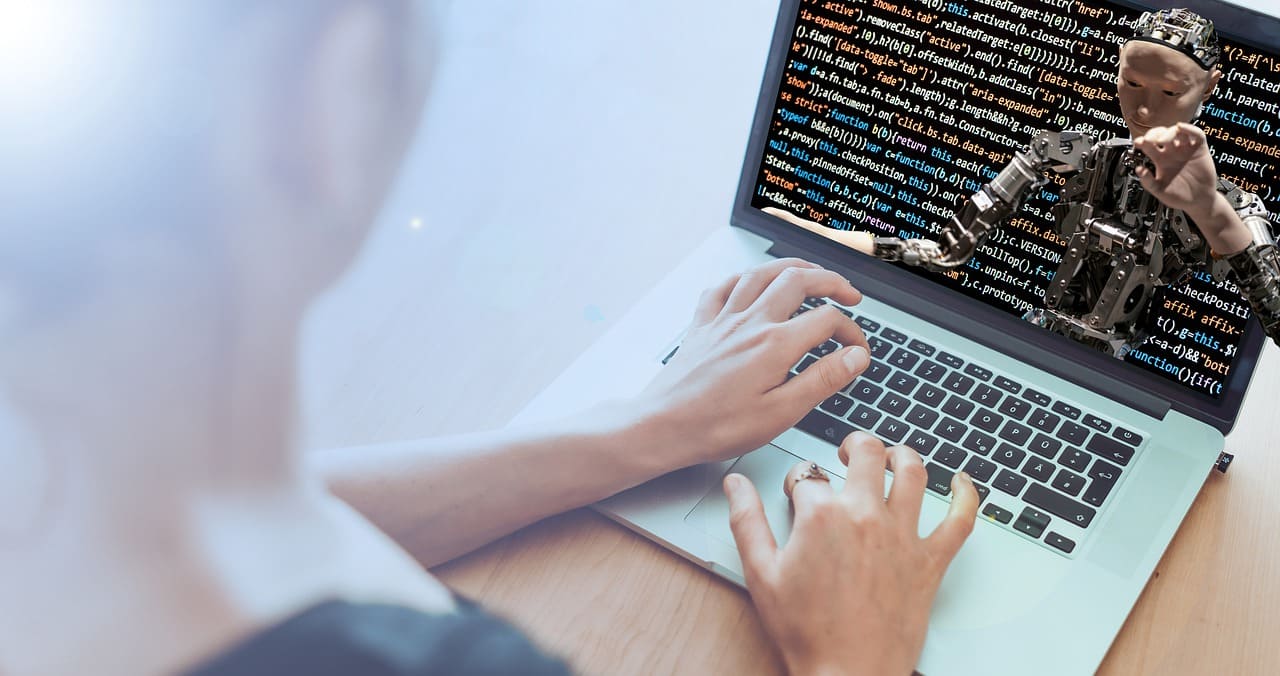
What Is Translation Memory and Why Use It?
Behind every successful global brand and accomplished translator lies a pivotal technology: Translation Memory (TM). Far from just a data repository, this technology redefines the translation process, boosting both efficiency and precision. Here, we explain how Translation Memory enhances translation processes and why it's vital for producing reliable translations.
The Definition of Translation Memory
At its core, translation memory is a database that stores previously translated phrases or words in various languages. This means that when you type in a phrase or word into the system, it will automatically retrieve the correct translation from its database. The process of retrieving translations from a database is known as "machine translation".
How Does Translation Memory Software Work?
When you enter text into the translation memory software, it uses an algorithm to compare it with previous translations stored in its database. If the translation memory software finds a match, then it will automatically suggest the most appropriate translation for the phrase or word you've entered.
However, if there isn't an exact match then it will suggest similar translations based on context clues and the semantic meaning of words used in your query. This helps reduce the time and effort spent on manually translating your content into multiple languages.
The Benefits of Using Translation Memory Tools
First, TM Software eliminates redundant labor by only requiring translators to create original translations for new material rather than spending time translating identical phrases again and again. This also ensures consistency across multiple projects, as any repeated phrase or sentence will always use the same translation as previous documents instead of potentially different translations from different translators.
Another point is that since all translations are stored in one central database, they can be easily accessed by anyone who needs them - which makes collaboration between departments much easier. Additionally, TM software can help save time when dealing with large volumes of text since many words or phrases have already been translated before and don’t need to be done again.
Finally, TM software helps increase accuracy since all words and phrases are double-checked against previous translations ensuring that they meet the highest standards.
Types of TM Systems
Understanding and selecting the right type of system for your business is critical for ensuring successful translations. Several types of translation memory (TM) systems exist.
- Standard TM Systems: These are the most common types of TM systems used by individual translators and small translation teams. They store translated text segments in a database, which can be accessed to find matches for new translations. This type of system is often part of Computer-Assisted Translation (CAT) tools like SDL Trados Studio or MemoQ.
- Server-Based TM Systems: Larger translation agencies or organizations that handle vast amounts of translation work typically use these systems. Server-based TMs allow multiple translators to access and share a central TM database, facilitating collaboration and consistency across large projects. Examples include SDL WorldServer and MemoQ Server.
- Monolingual TM - Monolingual TM systems store translations in a single language, and are typically used by individual translators or small translation teams. An example of a Monolingual TM system is SDL Trados Studio.
- Bilingual TM - Bilingual TM systems store translations in two languages, with the source text and its corresponding translation stored together. This type of TM is most commonly used in the translation industry. An example of a Bilingual TM system is MemoQ.
- Multilingual TM - Multilingual TM systems store translations in multiple languages, and are typically used by large translation teams or companies that handle multiple languages. An example of a Multilingual TM system is SDL WorldServer.
- Cloud-based TM These systems offer the flexibility to access the TM database from any location via the Internet. They are particularly useful for remote translation teams and freelancers who need to collaborate in real time. Cloud-based TMs typically offer robust security features and scalability options. Smartling and Memsource are popular examples.
- Integrated TM Systems: These systems are integrated within broader translation management systems (TMS) and provide functionalities beyond translation memory, such as project management, workflow automation, and client management. They are designed for organizations looking to manage all aspects of their translation operations in one place. Examples include Plunet and XTRF.
- Hybrid TM - Hybrid TM systems combine the features of cloud-based and local TM systems. This type of TM allows the translator to work offline and then synchronize the changes with the cloud-based TM when an internet connection is available. An example of a Hybrid TM system is Wordbee Translator.
The Best Translation Memory Tools
- SDL Trados: One of the most widely used TM tools, SDL Trados Studio is known for its powerful TM capabilities and extensive customization options. It supports a broad range of languages and file formats, making it a favorite among freelance translators and large translation agencies alike.
- MemoQ: MemoQ is another popular choice that offers robust TM and terminology management features. It is particularly appreciated for its user-friendly interface and flexible project management tools, making it suitable for both individual translators and collaborative teams.
- Wordfast: This is a versatile TM tool that works on various platforms, including Windows, Mac, and Linux. It is known for its speed and simplicity, catering to freelance translators and smaller translation companies.
- Memsource: Memsource combines cloud-based TM technology with advanced AI to optimize translation processes. It is known for its ease of use and efficiency, making it suitable for freelancers and enterprises needing to manage large volumes of translation work.
- Smartling: It is a cloud-based translation management system that includes TM features. It is designed for businesses that need to integrate translation with digital content creation, providing automated workflows and real-time collaboration tools.
- Across: Across is particularly strong in collaborative environments where different stakeholders participate in the translation process. It offers a secure and scalable TM system that integrates seamlessly with other enterprise tools, making it ideal for large organizations.
- OmegaT: A free and open-source TM tool, OmegaT is favored by translators who prefer a cost-effective solution without sacrificing core TM functionalities. It supports multiple file formats and is continuously improved by its community of users.
- Déjà Vu: Known for its pioneering features in the TM field, Déjà Vu offers sophisticated TM and project management tools that cater to both freelance translators and large translation agencies.
- CafeTran: CafeTran Espresso is known for its intuitive design and robust TM capabilities. It supports a wide range of file formats and offers a flexible working environment for both novice and experienced translators.
- Fluency Now: This tool offers a comprehensive suite of TM tools with an emphasis on affordability and ease of use. It supports a variety of languages and file types, making it a viable option for freelance translators and small agencies.
The Benefits of Using Translation Memory Tools
First, TM Software eliminates redundant labor by only requiring translators to create original translations for new material rather than spending time translating identical phrases again and again. This also ensures consistency across multiple projects, as any repeated phrase or sentence will always use the same translation as previous documents instead of potentially different translations from different translators.
Another point is that since all translations are stored in one central database, they can be easily accessed by anyone who needs them - which makes collaboration between departments much easier. Additionally, TM software can help save time when dealing with large volumes of text since many words or phrases have already been translated before and don’t need to be done again.
Finally, TM software helps increase accuracy since all words and phrases are double-checked against previous translations ensuring that they meet the highest standards.
In conclusion, using a translation memory system is an effective way for professional translators to increase efficiency while maintaining excellent accuracy in their work. If you're looking for ways to reduce costs or improve quality control in your document translation projects, then investing in a TM system could be just what you need!







